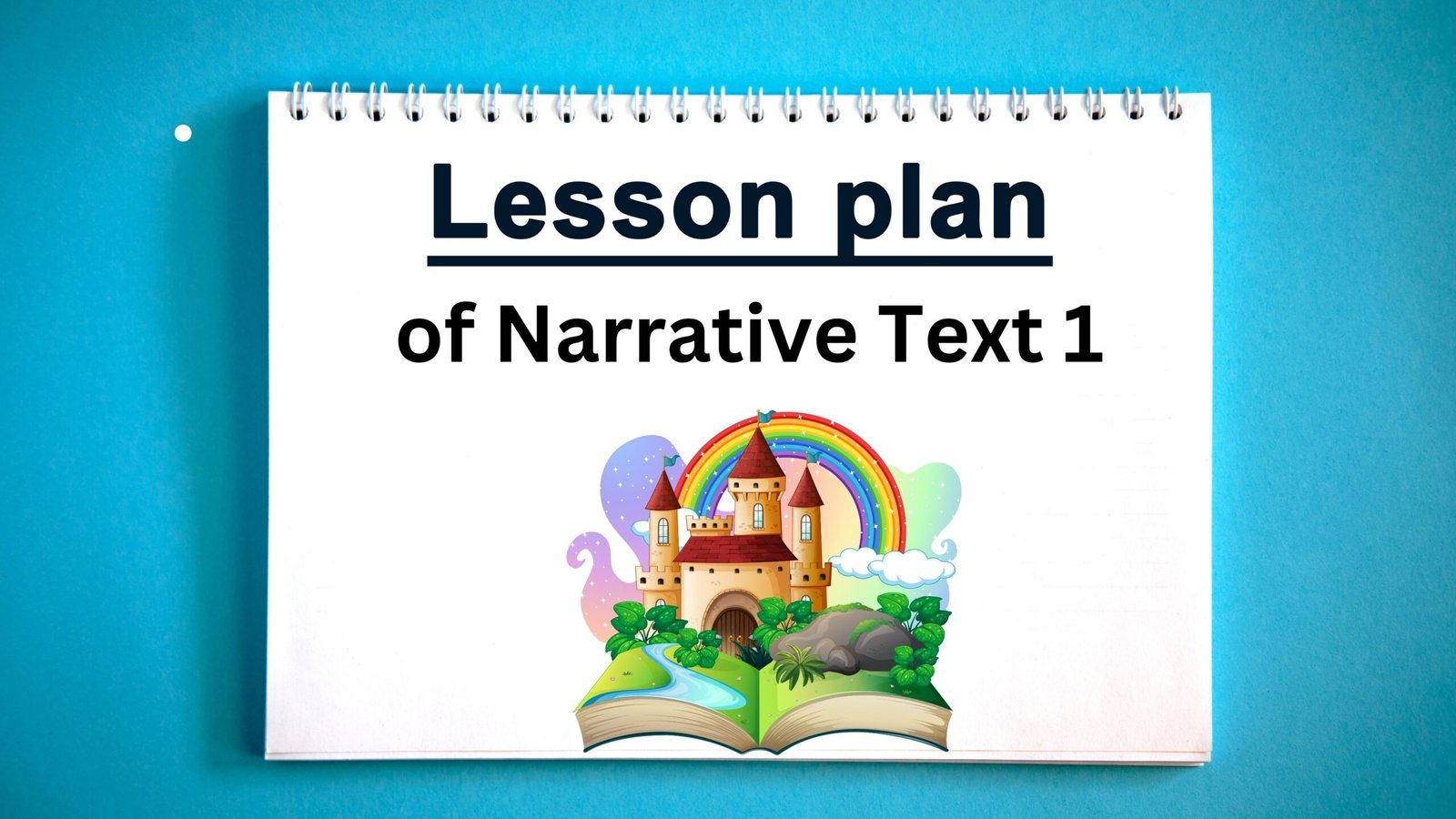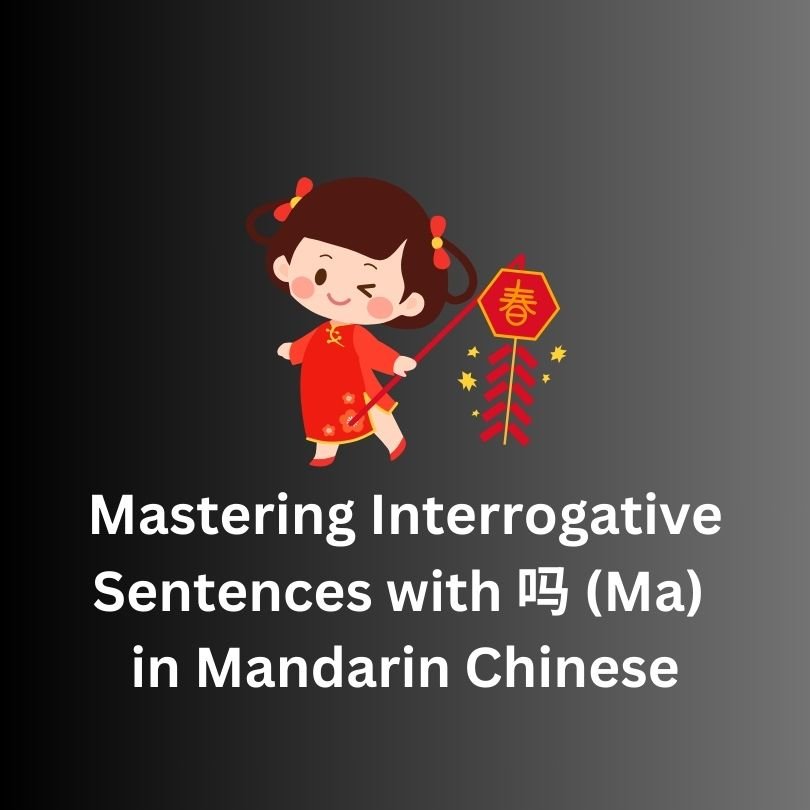Building an Integrated Farming
Detailed Development Plan for Integrated Farm 1. Farm Layout and Zoning The farm will be organized into several zones to ensure optimal production and management: Plantation Zone (Fruit, Vegetable, Flower) […]

Detailed Development Plan for Integrated Farm
1. Farm Layout and Zoning
The farm will be organized into several zones to ensure optimal production and management:
- Plantation Zone (Fruit, Vegetable, Flower)
- Fruit Section: Plant trees such as mango, papaya, banana, and citrus.
- Vegetable Section: water spinach, spinach, kale, chinese kale, pakchoy
- Flower Section: Plant varieties like marigolds, sunflowers, and roses to attract pollinators and enhance the aesthetic value of the farm.
- Aquaculture Zone (Tilapia, Catfish, Gourami, Freshwater Lobsters)
- Maintain fish ponds and integrate them with plant cultivation systems. Waste from the fish will provide nutrients for plants, while plants help clean the water before it is returned to the fish ponds.
- Set up specific tanks for freshwater lobsters, ensuring controlled water conditions for their growth.
- Apiculture Zone (Stingless Honey Bees)
- Place bee hives near the flower section to enhance pollination and produce honey.
- Livestock Zone (Chickens)
- Maintain a free-range chicken coop, collecting manure for composting into organic fertilizer.
- Process waste from chickens into organic fertilizer using vermicomposting.
- Waste Management and Processing Zone
- Implement a zero-waste management system, where all organic waste is processed into compost or biogas.
- Compost from livestock, plant trimmings, and aquaculture byproducts will be used to enrich soil and provide nutrients to plant systems.
- Independent Fertilizer and Feed Production Zone
- Use outputs from compost and vermicomposting to fertilize soil-based plants and support the nutrient systems for plant growth.
- Produce natural chicken and fish feed using waste products and by-products from the farm.
2. Water and Irrigation System
- Water Source: Establish a rainwater harvesting system and integrate water from fish ponds into plant-growing areas. This creates a closed-loop system, minimizing water waste.
- Water Circulation: Nutrient-rich water from the fish ponds will be filtered and reused to provide water and nutrients to plants, ensuring both plant and aquaculture systems benefit from each other.
3. System Maintenance
- Daily Checks: Monitor water quality, pH levels, and nutrient balance in the plant systems to ensure healthy growth.
- Water Recycling: Set up water recirculation to capture and reuse water, reducing consumption and enhancing sustainability.
4. Pest Control and Maintenance
- Use natural pest control methods such as companion planting and introducing beneficial insects in the plantation zones.
- Ensure cleanliness and monitor plants regularly to prevent pests in water-based systems.
5. Energy and Sustainability
- Solar Power: Use solar energy to power pumps and equipment used for water circulation in aquaculture and plant systems.
- Biogas Production: Generate biogas from organic waste for cooking and heating, reducing dependence on external energy sources.
6. Daily Operations and Responsibilities
- Plant Management: Conduct daily monitoring of plant health, nutrient delivery, and water circulation.
- Animal Care: Maintain feeding schedules for chickens and fish, and ensure waste is collected for composting or recycling.
7. Seasonal Maintenance
- System Check: Regularly check plant and aquaculture systems for wear and tear, particularly before planting new crops.
- Livestock Management: Monitor fish and lobster populations to prevent overcrowding and maintain optimal growth conditions.
8. Education and Community Involvement
- Offer workshops on sustainable farming methods, including closed-loop water systems and natural pest control techniques.
- Engage local schools in educational programs about sustainable agriculture and the environmental benefits of integrated farming.
This plan will ensure the farm operates sustainably and efficiently, with each system contributing to the overall health and productivity of the farm. It aims to balance production with environmental stewardship, creating a model for future farming systems.
Post Views: 121
Author












